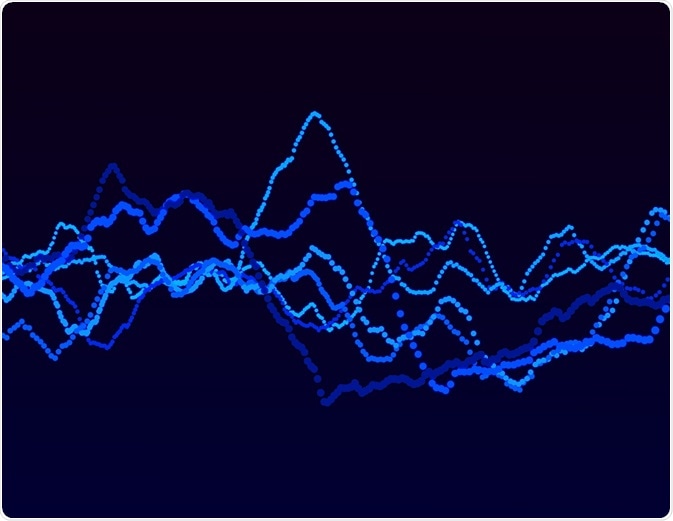Fourier Transform Infrared Spectroscopy (FTIR) is an infrared spectroscopy technique, which unlike other infrared spectroscopy techniques, is not dispersive. This enables FTIR to have good signal-to-noise ratios without losing resolution.
Skip to:
 Vadym Pasichnyk | Shutterstock
Vadym Pasichnyk | Shutterstock
How is fourier transform infrared spectroscopy (FTIR) used in biology?
The use of FTIR for biological research is expanding, as it enables the extraction of biochemical information without the use of labels or perturbing the sample. Molecular bonds that have changeable electric dipole moments are able to be seen by infrared spectroscopy, which can then be quantified. Most of its use in biology is focused around cytology and histology.
Why use on-chip spectroscopy?
One aspect that could limit the potential use of spectroscopy is the size and expense of spectrometers: infrared spectrometers are the size of large desktop computers and can cost as much as $100,000. Also, these instruments contain moving parts that are fragile and have strict optimal alignment requirements. Traditional FTIR spectrometers use a system of moving mirrors to create an optical light path that can be turned.
On-chip photonic integration has the ability to overcome the disadvantages posed by traditional spectrometers. These have size and power advantages over traditional spectrometers, and there is no requirement for optical alignment. However, on-chip spectrometers are not without disadvantages: they have a poorer signal-to-noise ratio due to the fact that the light input has to be spread over multiple channels.
On-chip FTIR spectrometers do not use the same “moving mirrors” system as traditional FTIR spectrometers, as this system is not suitable for planar photonic integration, which is required for on-chip FTIR. Therefore, a different system is needed, and systems using thermos-optic or electro-optic modulation have been adopted for on-chip FTIR.
An example of an on-chip fourier transform infrared spectrometer
Souza and co. created a silicon photonics-based FTIR, which they suggest can bring the resolution seen in traditional FTIR spectrometers to a chip-based instrument. The device is made up of a Mach-Zehnder Interferometer with metal microheaters that are compatible with silicon photonics.
External light is coupled in and out of the chip by the use of inverse tapers, which is then adiabatically transitioned to the quasi-TE mode of the waveguide. The light is then split across the interferometer and then recombined as the output light. The output light is then directed away from the chip to the detector.
Are there variations in on-chip FTIR design?
Kita et al. created a digital derivative of on-chip FTIR, which they called “digital FTIR”. This consists of a Mach-Zehnder Interferometer, like the above on-chip FTIR example. Here, Kita and co. use optical switches that direct the light into unique waveguides. This gives the digital FTIR distinct advantages: firstly, the resolution and spectral channel count can be scaled exponentially alongside the number of optical switches.
Secondly, the waveguide path can be directly modified, and this offers a larger optical path length per waveguide unit compared to thermo-optic or electro-optic index modification.
Thirdly, this device can be used to run a number of samples, thus has the ability to become a multiplex assay that only needs one single-element photodetector as opposed to a linear detector array. This, in turn, leads to a higher signal-to-noise ratio compared to dispersive infrared spectrometers, and also reduced the complexity and cost of the system.
Further Reading
Last Updated: May 24, 2019